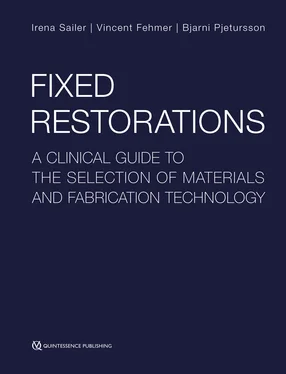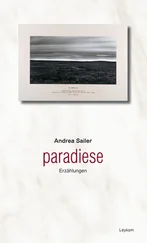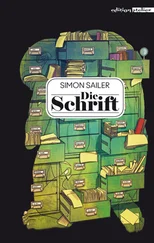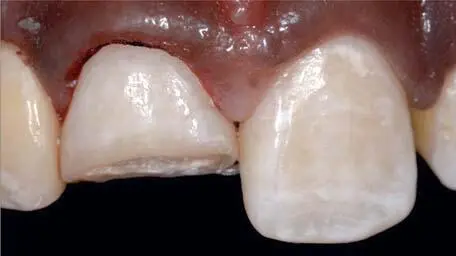
Fig 1-3-3a Initial situation of a fractured incisor 11 after the removal of the composite restoration and prior to minimally invasive preparation.

Fig 1-3-3b Minimal buccal reduction.

Fig 1-3-3c Feldspathic restoration (veneer) 11 after adhesive cementation.

Fig 1-3-3d Minimally invasive preparation of 43–31 and 33 affected by odontogenesis imperfecta.
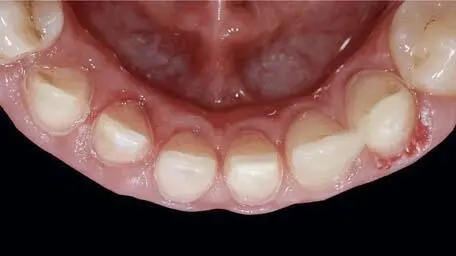
Fig 1-3-3e Circumferential preparation with a reduction of tooth substance less than 0.8 mm
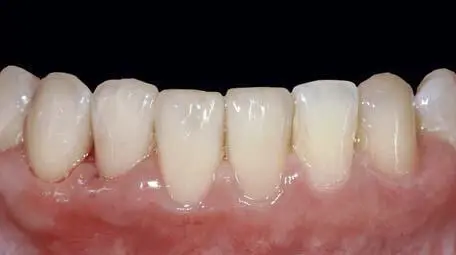
Fig 1-3-3f 360° Veneers based on glass-ceramic in regions 43–31 & 33.

Fig 1-3-3g Universal, classic crown preparation tooth 11.
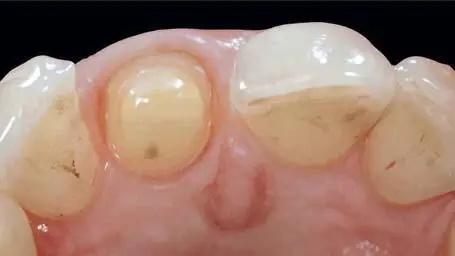
Fig 1-3-3h Circumferential preparation with a reduction of tooth substance of ca.1 mm.
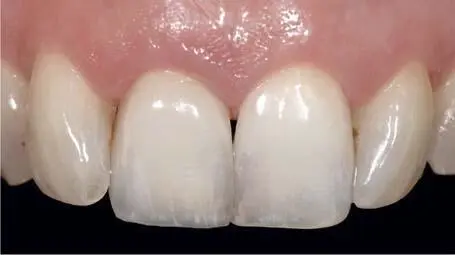
Fig 1-3-3i Veneered zirconia crown 11. (DT: Walter Gebhard, Zürich)
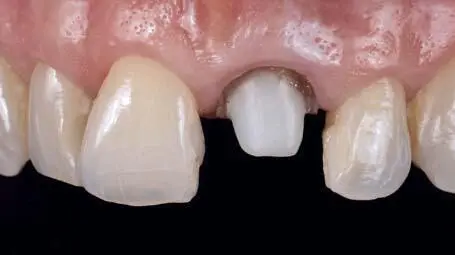
Fig 1-3-3j Classic crown preparation after removal of an old insufficient crown 21.

Fig 1-3-3k Circumferential preparation with a reduction of tooth substance of 1.2 mm on discolored abutment tooth.
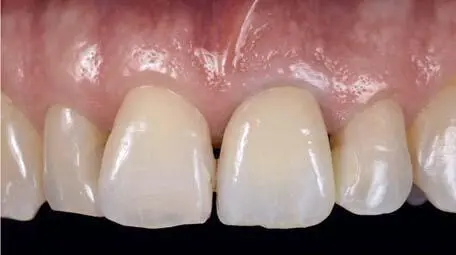
Fig 1-3-3l Microveneered zirconia crown 21.
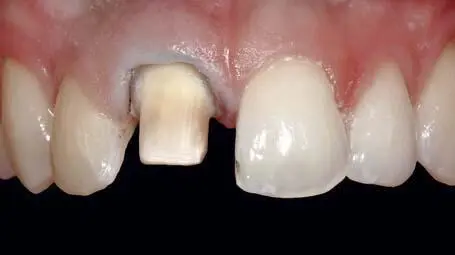
Fig 1-3-3m Rather invasive crown preparation of non-vital abutment tooth 11.
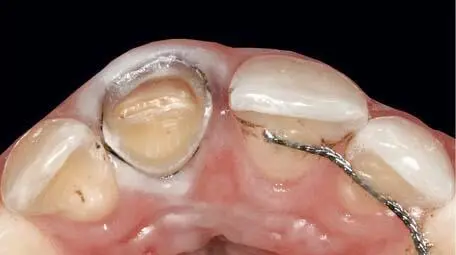
Fig 1-3-3n Circumferential preparation with buccal reduction of tooth substance of 1.5 mm.
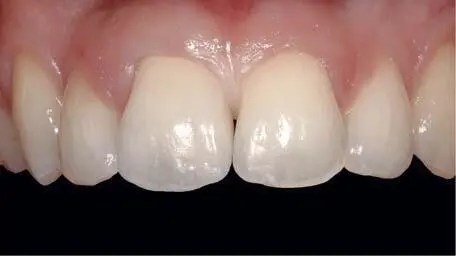
Fig 1-3-3o Porcelain-fused-to-metal crown 11. (DT: Belinda Sapina, ZZM Zürich)
Degree of discoloration of the abutment tooth
The fourth and final step in the evaluation for material selection is also based on technical aspects and involves the assessment of the abutment tooth color and its effect on the restorative material. The abutment tooth may be subdivided into three categories: (1) normal color with a homogenous appearance; (2) slightly to moderately discolored; and (3) severely discolored with metal build-ups.
The choice of material is specifically critical in the latter group. On one hand, the dark color has to be masked. On the other hand, the dark color of the abutment tooth and its roots may negatively affect the appearance of the surrounding gingiva. Since all-ceramic materials including zirconia allow the transmission of light at the material-specific wall thickness, it is recommended to use glass-ceramic as framework material only for an uncolored or slightly discolored abutment tooth (Fig 1-3-4) 10.
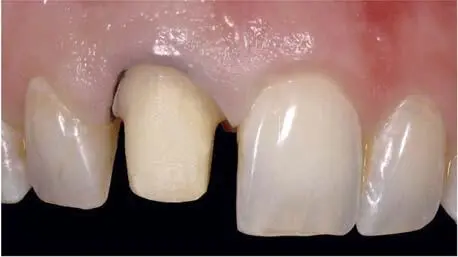
Fig 1-3-4a Normal-colored homogenous abutment tooth: no need to mask. Glass-ceramic allows the ideal transmission of light.

Fig 1-3-4b Slightly discolored abutment tooth. Minimal need to mask. Similarly, glass-ceramic allows the ideal transmission of light.
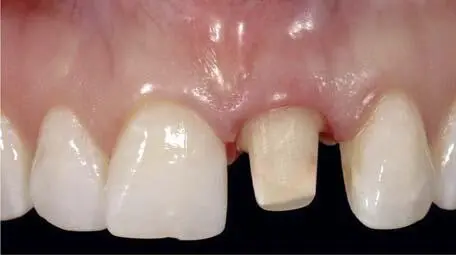
Fig 1-3-4c Moderately to severely discolored abutment tooth with slight grayish discoloration of gingival margin: minimal need to mask. To be restored with slightly increased value of opacity in the glass-ceramic or a translucent zirconia core.
When restoring moderately to severely discolored abutment teeth, the material selection also depends on the available space. If, for example, zirconia was selected as the material of choice based on the brightness value and the translucency of the reference teeth (Fig 1-3-5a), a higher minimum thickness for the core material has to be respected for moderately to severely discolored abutment teeth. In clinical situations with severely discolored abutment teeth an esthetic outcome may only be achieved by the use of high-noble alloy as framework material. Metal-ceramic restorations with a core thickness of 0.3 mm may offer sufficient firing stability and completely mask the underlying staining (Figs 1-3-5b and c).
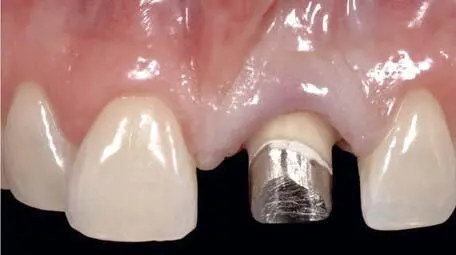
Fig 1-3-5a Severely discolored abutment tooth with gold build-up and apparent discoloration of marginal gingiva: need to mask. To be restored with a zirconia core with minimal thickness of 0.4 mm.
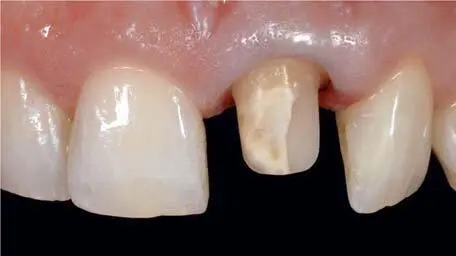
Fig 1-3-5b Severely discolored abutment tooth with gold build-up and obvious discoloration of marginal gingiva: need to mask. To be restored with a zirconia core with minimal thickness of 0.6 mm or a classic porcelain-fused-to-metal crown.
Читать дальше
